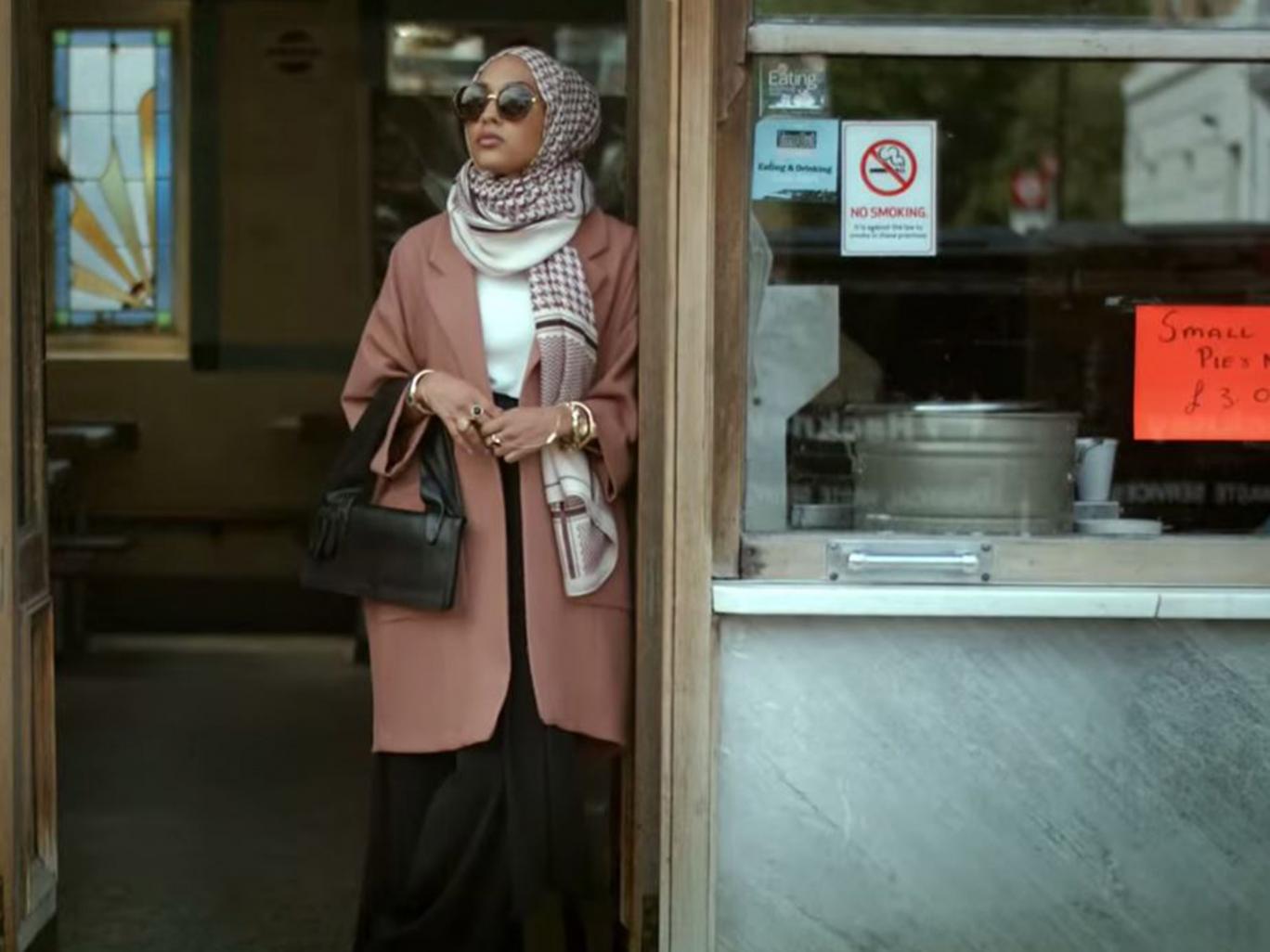Is Fashion ready for a hijab-wearing supermodel?
Sex sells. It’s long been the go-to ad strategy for fashion, cars, soft drinks–even household goods. But scantily clad models are no longer a must-have these days. Though Swedish clothing retailer H&M is not averse to showing skin (David Beckham in his undies is still a campaign), it has cast the world’s first hijab-wearing model in maninstream Western retail: Mariah Idrissi.
A new video to promote H&M’s recycling program pushes the idea of being yourself, being unique, breaking the rules and not caring what anyone else thinks about you. In short, it’s the essence of being stylish. The video features a range of style iconoclasts, from punk icon Iggy Pop to fashion blogger Pardeep Singh Bahra, and it’s presented as not so much a political statement as a fashion one.
“Everyone is welcome at H&M and we never take a religious or political stand,” the retailer said via email. “At H&M we strive to provide a wide range of designs and styles in all our collections with the hope that everyone finds something that suits them. Our customers are free to use and match any way they wish to express their personal style. We want our advertising to inspire as many people as possible and we target a wide and diverse target group. We don’t convey any specific ideal or encourage a choice of lifestyle … there are no rules in fashion but one. To recycle your clothes.”
With the casting of London-native Idrissi, 23, many wondered if this was a turning point. Headlines lauded H&M for the casting, applauding it as a first and hopefully not the last. But does this really mean we’re hitting a huge moment, and are going to see more hijab-wearing models? Yes, but only to a degree.
The fashion industry has a diversity problem. This is no secret. Everyone from Naomi Campbell and Joan Smalls to Balmain’s Olivier Rousteing have been vocal about this issue. Models of color, whether black, Asian or Latina, don’t often get the same casting opportunities as their white counterparts.
A recent Business of Fashion article noted that in the recent fashion collections, 79.4 percent of the models who walked were white. That’s pretty dismal for 2015.
But consumers want diversity, and that’s what’s going to ensure that models like Idrissi will continue to get bookings. And with the growing fashion markets in India and China, diversity in fashion has to increase or brands will lose their audience.
Ben Barry, an assistant professor of equity, diversity and inclusion at Ryerson University’s School of Fashion in Toronto, set up focus groups of more than 3,000 women to study different reactions to castings of women in fashion ads. “In my focus groups, black women told me that seeing a model that mirrored their race made them feel beautiful because they rarely saw black models in fashion advertising,” he wrote on Business of Fashion.
“White women also liked diversity in the ads because they felt ‘the brand upheld the values they aspired to, such as empowerment and inclusion.”
What all this means is that there are more opportunities than ever for models of all ethnicities and backgrounds–even models like Idrissi who wear hijabs, And brands like H&M who don’t hide behind claims that consumers prefer the familiar old paradigm of the girl next door should be applauded. But it’s also up to the consumer to remind fashion brands just what the girl next door actually looks like. Here’s a hint: She looks like Mariah Idrissi.
© Copyright SalaamGateway.com 2015

Amina Akhtar